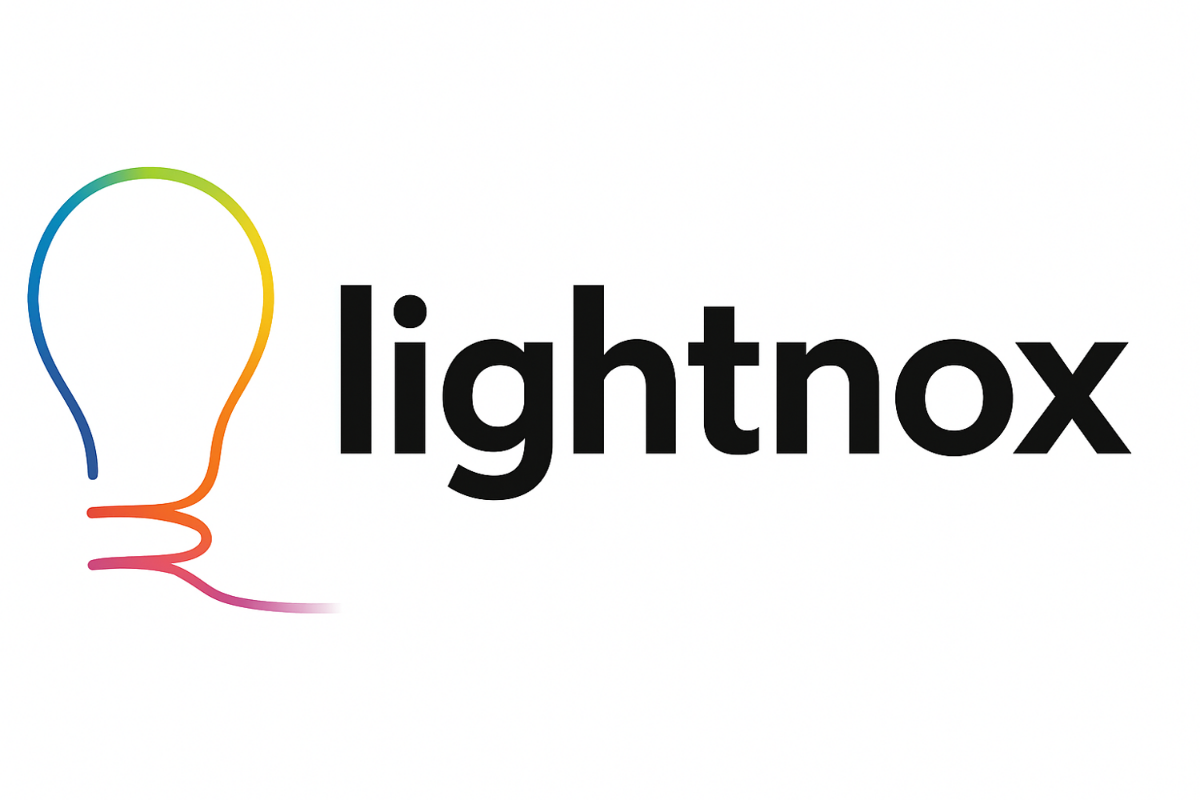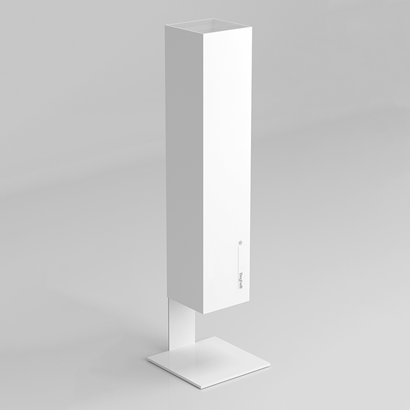
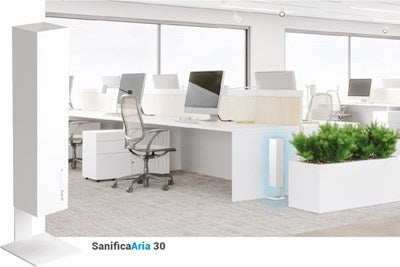
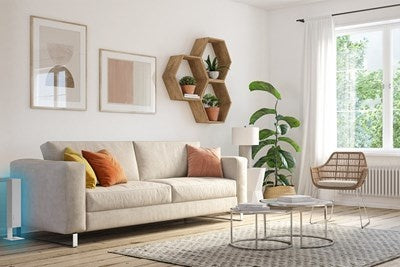
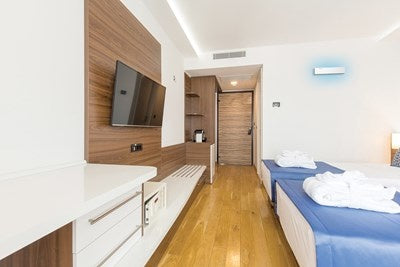
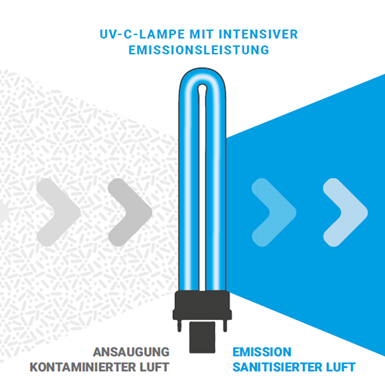
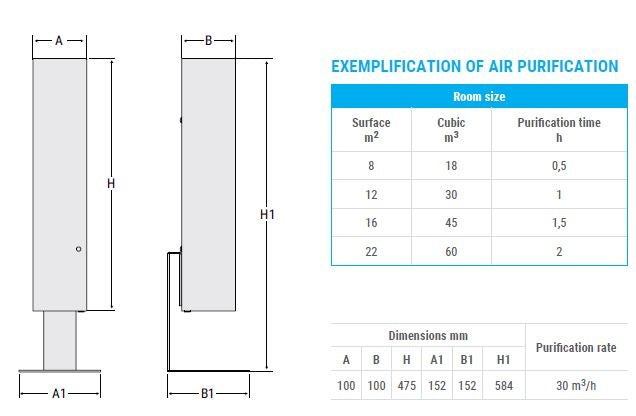
SanificaAria 30 air purifier
Tax included. Shipping calculated at checkout
Automatic deduction at the checkout
Within Germany
Produktinformationen
Also effective against coronaviruses
Applications
Civil and service sectors, hospitals, hotels, schools, offices, restaurants, shops, bars, apartments, etc.
UvOxy® technology: Beghelli's solution for indoor air sanitization in civil environments and the service sector
The uvOxy® family of devices was designed to develop devices capable of sanitizing the air through a closed chamber system saturated with UV-C rays. All devices in the Beghelli SanifìcaAria line are equipped with the uvOxy® flow cell, which sucks in contaminated air and emits hygienically purified air.
EFFECTIVE UP TO *99.9% AGAINST BACTERIA AND VIRUSES
The UV-C radiation is only generated within the chamber; The ventilation system still transports the aerosols contained in the air and brings them into contact with the sanitizing light.
The microorganisms contained in the so-called “cores” in aerosols are deactivated as soon as they pass through the chamber thanks to a specific wavelength of UV-C light. In accordance with these parameters, the maximum susceptibility is achieved, that is, the greater germicidal capacity of UV-C radiation, which allows a very high performance of the indoor air sanitization system. The effectiveness of the uvOxy® system has been successfully tested on various types of bacteria and spores, which are significantly more resistant to UV-C radiation compared to the coronavirus.
SECURITY
• No production of ozone (O3)
- Closed chamber technology to prevent direct contact of people with UV-C rays
- Complies with the requirements of EC/UNI standards for electrical safety and handling of UV-C sources, including maintenance
- Tested to the requirements of ISO15714 and in accordance with IEC 60335-2-65 (Air Purifiers)
EFFICIENCY
• UV-C emission with a wavelength of 254 nm
- Immediate disinfection of the intake air thanks to an internal aluminum mirror reflection system Mirror Silver
- Automatic temperature control of the UV-C tube by microcontroller, which keeps the system at maximum effectiveness under all environmental conditions
PRODUCT TESTED ACCORDING TO ISO 15714
Beghelli products use UV-C sources capable of irradiating the volume of air treated with a sufficient amount of energy to eliminate up to *99.9% of microorganisms. Tecnal's laboratory has carried out effectiveness tests with various microorganisms such as: B: Serratia marcescens, Bacillus subtilis, Cladosporium sphaerospermum, as prescribed by ISO 15714, as these are particularly resistant to UV rays. Their elimination in percentages greater than *99.9% is a guarantee that the product is able to kill a wide range of bacteria, viruses, coronaviruses and other microorganisms equally effectively.
The product is classified according to IEC 60335-2-65 for air purifiers
* Tests carried out in a UNI CEI EN ISO / IEC 17025: 2018 accredited laboratory demonstrate the effectiveness of uvOxy on a wide range of bacteria, viruses and other microorganisms.
Features of the sanitization device
Power supply 120-277 V with a cable length of 2 m
Power consumption 25 W
UV-C wavelength 254 nm
Sanitization throughput 30 m3/h
UV-C power 18 W
UV-C radiation power 5.5 W
Recommended cartridge duration *12 months
* With an average daily usage of 24 hours

